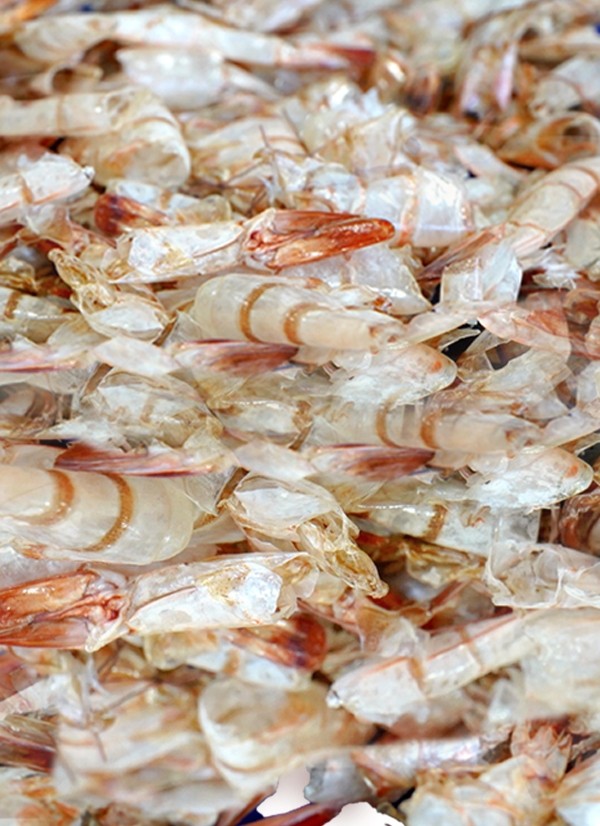Dry shrimp heads & shells
Shrimps consumption has considerably increased worldwide. With higher consumption, there is an increased amount of waste generated. It is a well known fact that meat makes only 50% of the shrimp while the shells, heads and tails make other 50% and are discarded. With an increased consumption and processing of shrimps comes the problem of managing the waste. India alone generates 150,000 tons of shrimp waste per annum.
In the quest to find a solution to the problem of waste management and as the saying goes ‘Necessity is the Mother of all inventions’ managing the huge amount of waste became need of the hour.
Waste management experts and researchers hit upon a possible potentiality of shrimp waste into valuable products, mainly bioactive compounds like chitin, chitosan, glucosamine, astaxanthin, amino acids and fatty acids etc.
These bioactive compounds have a wide range of applications including medical therapies, cosmetics, paper pulp, textile industry, biotechnology and food applications.
Call us on: +91-2249240706 or drop us an email at info@nizona.co

